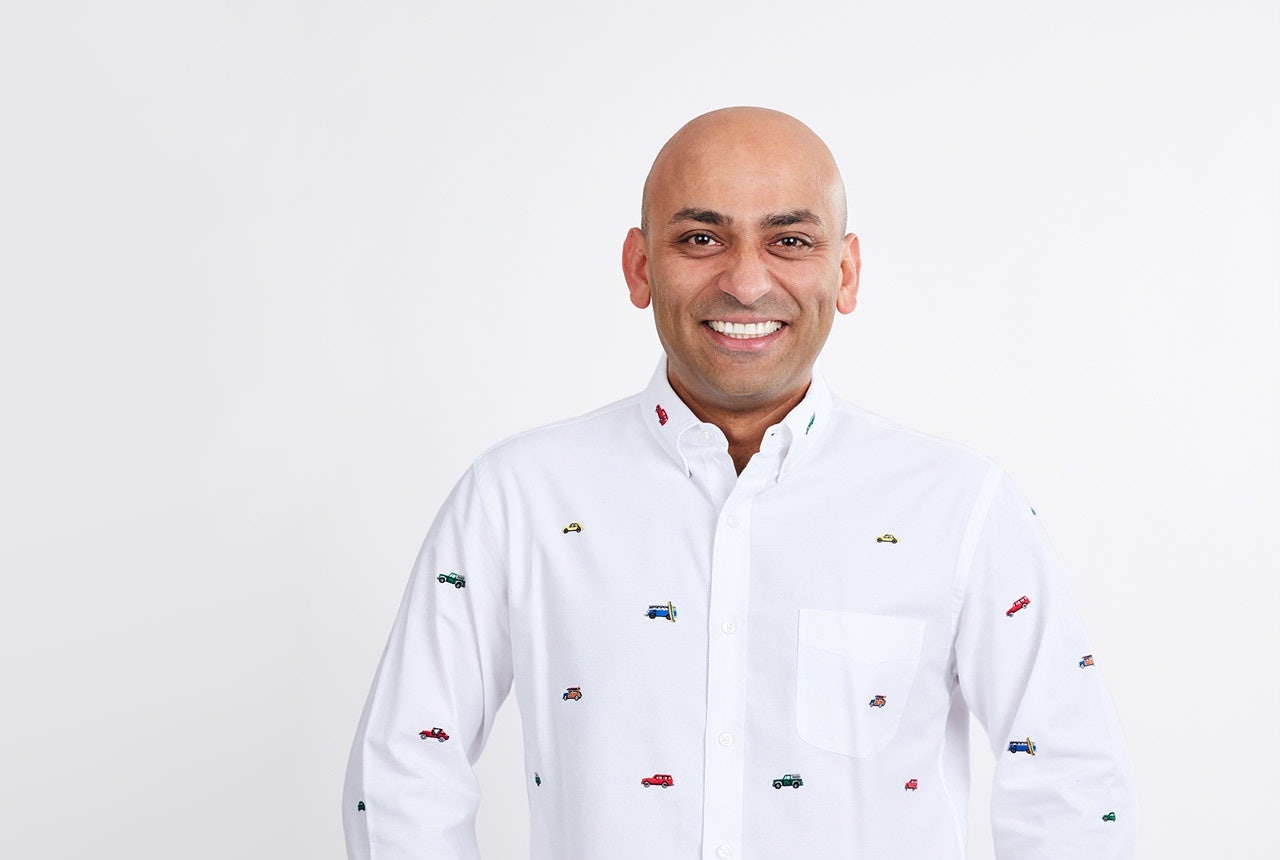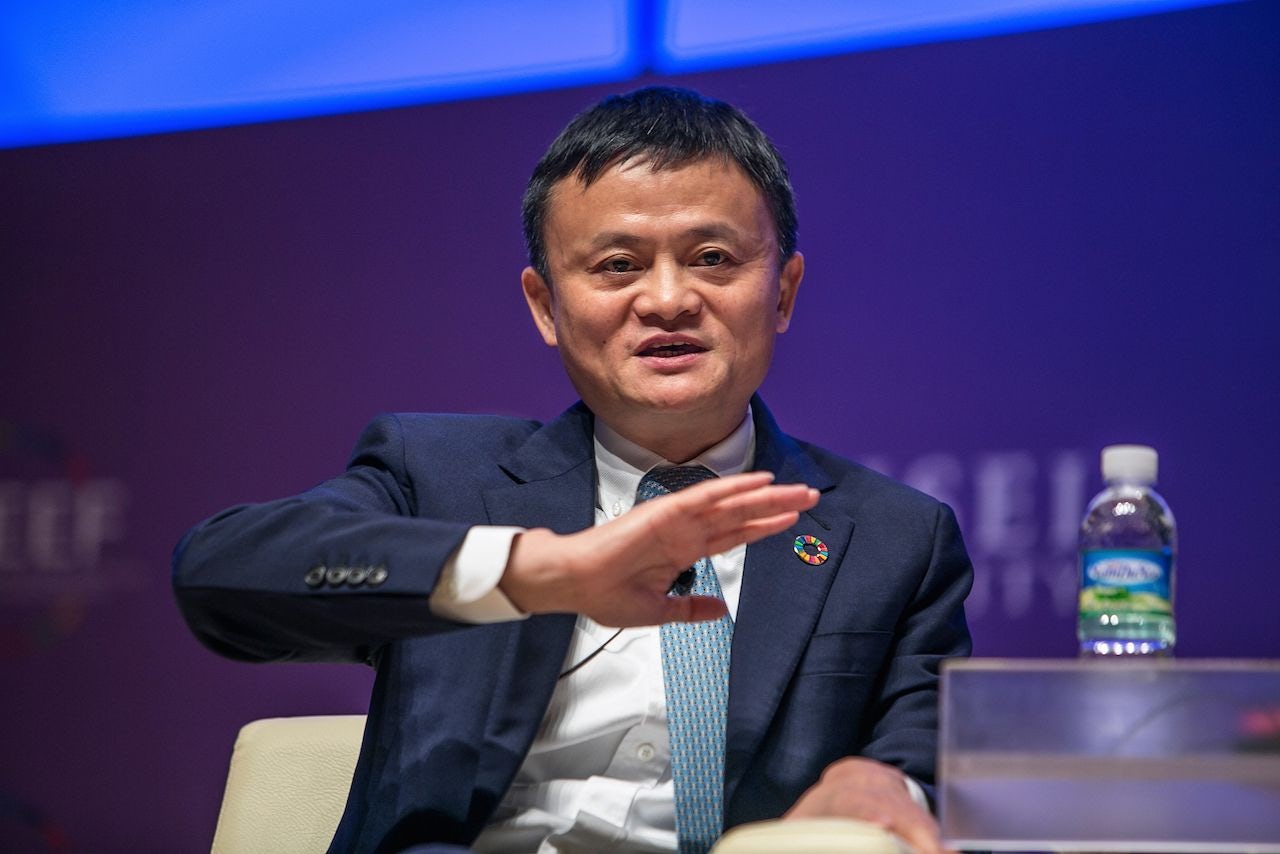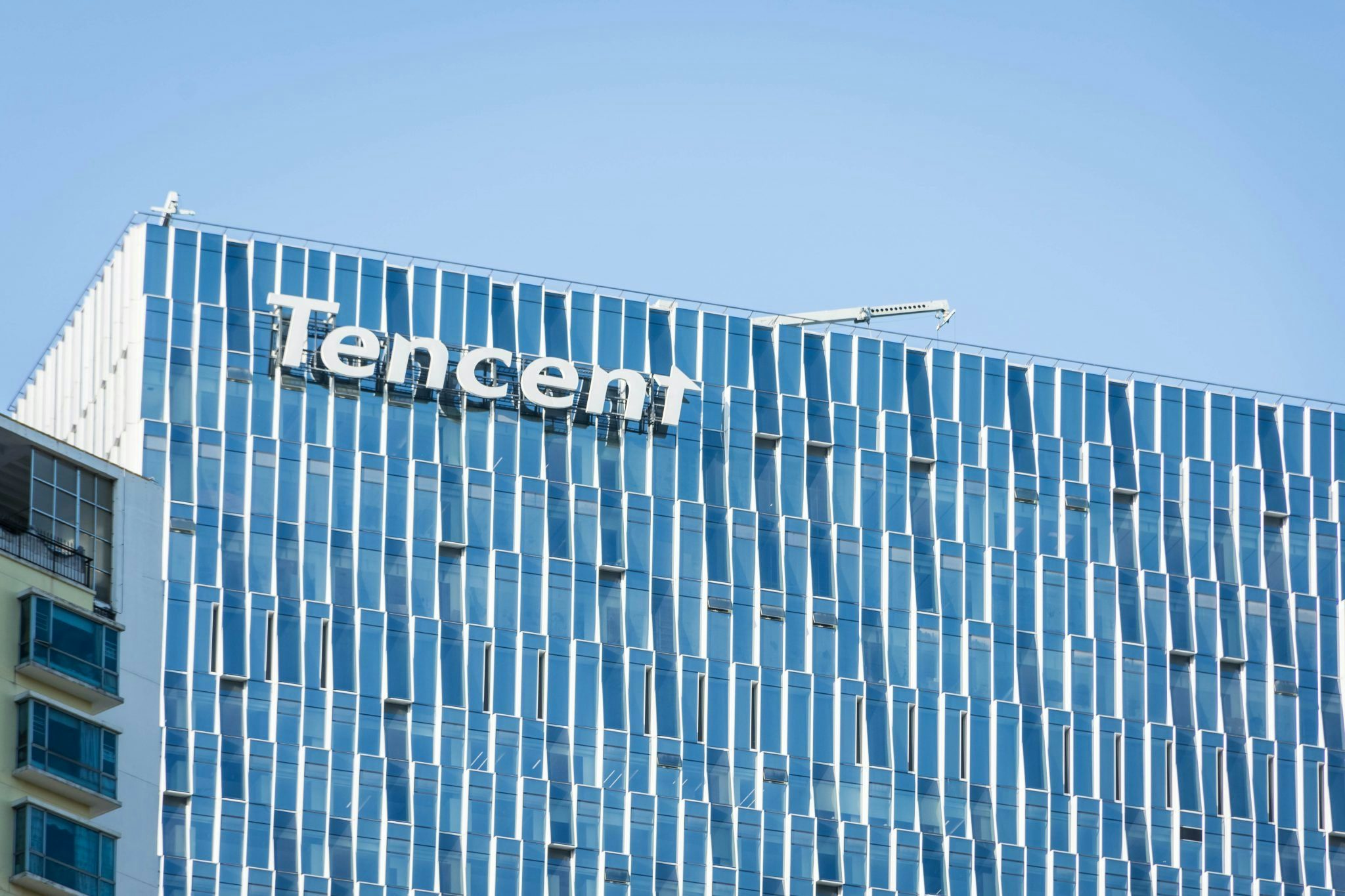Luxury apparel rental service Le Tote has been delivering carefully selected fashions to American women’s doors since 2012. Dubbed ‘the Netflix of fashion’, the company offers its users the chance to rent, wear, and then either buy or return clothes in time for a new delivery. Le Tote has become the leading company in its field, and over the past few months has been quietly preparing to enter the potentially lucrative Chinese market.
The past couple of months have seen Le Tote roll out a Beta program on WeChat to 3,000 eager Chinese consumers. Through its strategy of KOL collaboration, promoting Chinese brands, and offering a mobile-only experience, Le Tote has garnered a waiting list of tens of thousands more in anticipation of the launch of its full apps and mobile site in May.
One of the popular Chinese brands requested by users of Le Tote’s WeChat Beta is MOamp;Co, who have over 600 stores in China, and have launched internationally in Selfridges, London. Other requested Chinese labels include Ochirly, who blend European fashion with Chinese style, and SShanghai-basedeifini, who have a popular Tmall store. International brands available include Vince Camuto, Calvin Klein, Rebecca Minkoff, French Connection and BCBGMAXAZRIA.
Rental fashion services are booming in popularity with both consumers and brands, offering users the chance to test out designers they might not otherwise have access to. Le Tote’s biggest US competitor, Rent the Runway, recently secured 20 million in funding from Alibaba founders Jack Ma and Joe Tsai, but is yet to enter the Chinese market. Le Tote hopes to get there first, sustaining Chinese users month on month, by offering wearable high-end fashion for both occasion and casual wear.
Le Tote CEO Rakesh Tondon, spoke to Jing Daily on why the time is right to enter the Chinese market, and the response they’ve received from Chinese consumers looking for a luxury rental experience.
You’ve been in the United States for over six years now. Why is now the right time to enter the Chinese market?#
We basically sat down and looked at the best markets and time and time again China came top of the list. It was really for two reasons. The first is that, as far as we’re concerned, China’s e-commerce industry is literally the fastest growing and most mature in the world. This macro-environment offers the ideal dynamics to launch Le Tote. The second reason is the sheer size of the opportunity and the percent of the market we could capture if we launch quickly in China.
Something else that encouraged our China launch is that one of our big last round strategic investors, Belle International, are the number one women’s shoe retailers in China. They know the market really well, and having someone like that on the ground with knowledge of the market and what we have to do to succeed in it really just catalyzed the process on our end.
It was really important to us to get into the Chinese market before the other big players came to grab a piece of it. If we don’t do it now, somebody else will.
Why did you choose to launch on WeChat instead of following the web-based service used in the United States?#
We launched our Beta program on WeChat because it just made sense, as the de facto social network service in China. We’re very much focused on social first, and then we’ll be launching our mobile web service and iOS and Android apps in a few weeks. We realised early on that in China there’s just no point at all having a desktop site. It's one of those technologies they’ve pretty much completely skipped.
Our WeChat Beta program has really been a prototype to help us enter the market, and understand how consumers are interacting with our service. WeChat gave us immediate access to a large and varied market, and we wanted to learn quickly and enter the market as quickly as possible.
Did you come across any unexpected challenges targeting the Chinese consumer?#
One thing that surprised us a little bit was the Chinese consumer demanding more Chinese luxury brands instead of American and international ones. We’d kind of expected them to be more interested in different, new, foreign brands, so on our WeChat service we started by primarily offering U.S. brands. But through customer interaction, emails and comments, we realised Chinese users wanted a lot more exposure to well-known Chinese and Korean brands. Now we have a pretty good mix.
I’d say for our Chinese service we’re offering about 50 percent American and Western brands and 50 percent Korean and Chinese brands. We’ve found the Korean brands to be just as popular and requested as many of the Chinese ones, but I think this shows the consumers’ pride and trust in their own fashion choices.
How is the service able to keep up with changing styles and shopper preferences?#
Our service takes an algorithmic approach, with no human personal stylists determining which products to send to customers. This was a decision we made four years ago in the United States, when we realised having real-life personal stylists just wasn’t working.
Most other fashion rental companies will use human staff to ask for specific data on a user’s style, location, likes and dislikes upon sign up, and then keep this data on file, referring to it for every box they send out. Our algorithmic approach enables us to adapt our recommendations over time by constantly asking for detailed feedback on each box we send out, learning, and inputting new data as use of the service grows. We can then give recommendations that adapt to every single person on a one-to-one basis, looking at preferences, style, and the changing weather in any area.
Originally we hypothesized that the Chinese shopper would want a lot more variety in luxury clothes for events and going out, but we’ve found this isn’t true. They wanted a bit of everything, from everyday casual clothes, going out, formal clothes to workwear. For Chinese consumers, as with our U.S. consumers, the lines between workwear, formal, and casual have become very blurred.
How does your consumer demographic in China compare to that in the United States?#
In general, the demographic is pretty similar, and through our Beta testing, we’ve found there’s no dramatic shift in the way they use the service. Consumers will order on average 2-3 boxes a month, sometimes four. In the US we find 80 percent of our consumers are between the ages of 25 and 44, and in China, 85 percent of our current users are between 23 and 47. The professions of these users seem to be similar: teachers, healthcare professionals, and sales and marketing people who are working with lots of people all the time.
You’ve chosen to launch immediately countrywide, across tier 1, 2, 3, and 4 cities. Why?#
This was really to get access to the data we wanted, which was to collect information on a random sample of consumers from across the whole country. Through this, we’ve been able to see marked differences in how users from different cities interact with our service. Tier 1 cities have been very engaged, but we’ve seen that consumers in tier 2 and 3 cities are better at adopting the luxury rental model. I think this is in part due to these cities having fewer choices available to them, and also a desire for new and exciting brands. Our customers tend to grow in clusters in specific areas, and this is something we have seen to be the most prominent in these tier 2 and 3 cities.
The popularity of Le Tote in China has spread at an impressive rate. Which marketing strategies have you found most effective in China?#
In the early days we focused on word of mouth. We wanted users to want to refer us to their friends and to spread somewhat organically. Then as our Beta program progressed, we started to use lots of different versions of WeChat ads, which we found were really effective. One of the big things we’ve done is to start working with KOLs in different areas of the country, advertising posts and sponsorship campaigns, and that is really working to drive traffic to our account. The power they have is just amazing.



